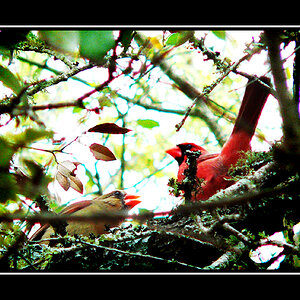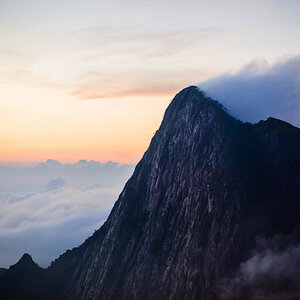dirty1thirdee
TPF Noob!
My family is getting an addition on our house, and my parents are giving me space to have a darkroom. My question is: is this EVERYTHING I need for a home darkroom? I will only be doing 35mm black and white, and I will be developing film and printing. I've been doing darkroom stuff at school, so I based this list of items off of my current knowledge.
Another question: do mixed chemicals get old and unusable if they are left out for a while? How often do I need to replace Fixer and Dektol if they have been sitting out in chemical trays? Will I need to replace fixer and D-76 developer if they have been sitting in enclosed storage containers for a while?
Thanks, and happy printing!
Tucker
Another question: do mixed chemicals get old and unusable if they are left out for a while? How often do I need to replace Fixer and Dektol if they have been sitting out in chemical trays? Will I need to replace fixer and D-76 developer if they have been sitting in enclosed storage containers for a while?
Thanks, and happy printing!
Tucker


 I haven't run into any problems yet.
I haven't run into any problems yet.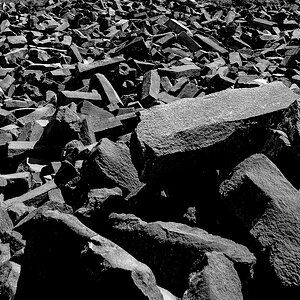
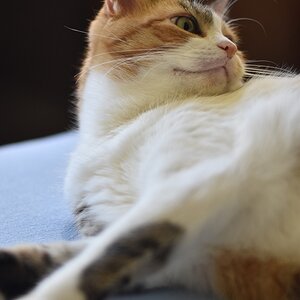
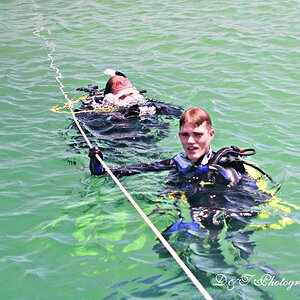
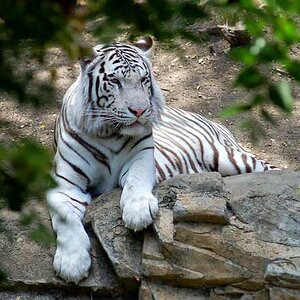
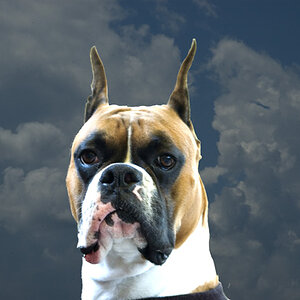
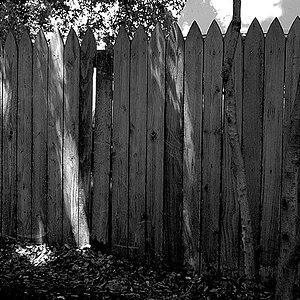
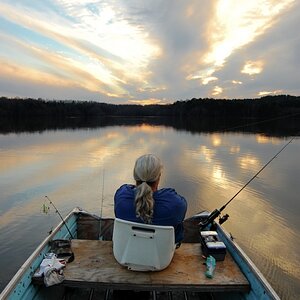
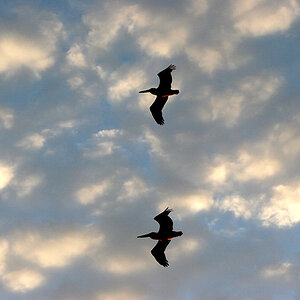

![[No title]](/data/xfmg/thumbnail/42/42350-49b17d39599ec1d51c6d801ea651d3af.jpg?1619740148)
